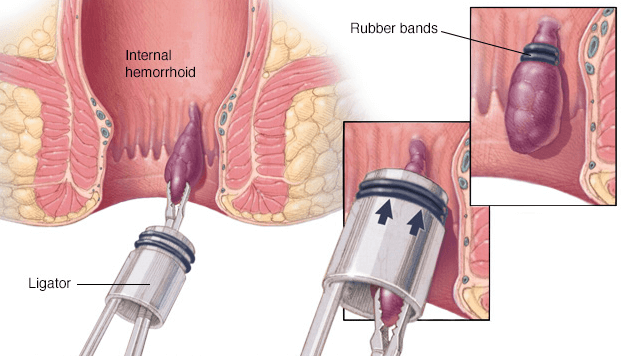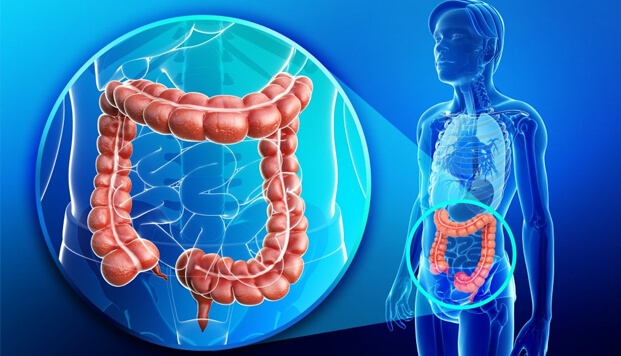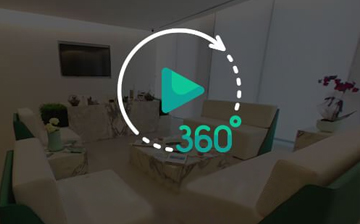
NON-SURGERY HEMOROID HEMOROID TREATMENT & SURGERY
Hemorrhoids are cushions that exist at the end of the intestinal tract.

These cushions protect the surrounding muscle tissue and thus protect the anus physiology.
Hemorrhoidal disease, which is called in public as hemorrhoids or piles , is the damage of these beneficial cushions, swelling due to the tramway and becoming suitable for bleeding because of that
Rectal bleeding, pain, weakness, anemia, fatigue and dizziness, bleeding in stool, itching, runny, feeling of wetness in the rectum, irregularity in defecation, swelling in the anus and pain or burning during defecation can be counted as the main symptoms of hemorrhoids.
Anal fissure, anal fistula, perianal abscess and thrombosis are other diseases seen in patients who apply in hospital with such complaints. Pain is a very late finding for hemorrhoids.
If there is severe pain in the initial period, thrombosed hemorrhoids, perianal abscess or anal fissure should be considered.
Can Hemorrhoids be a sign of Different Diseases?
Another important condition in diseases such as hemorrhoids is whether there is any tumor underlying the disease.
In other words, hemorrhoids can be a sign of colon cancer.
Therefore, if you have symptoms such as bleeding from your anus and you feel severe pain, you should consult your doctor immediately.
You should not use any drugs or creams other than your doctor's advice.
This disease can only be diagnosed by a rectoscopic or colonoscopic .
If the disease you think of as hemorrhoids is a symptom of a much more serious disease such as a tumor, you should go to the doctor as soon as possible.
Early diagnosis is vital in any disease. If you don't pay attention, this disease can even prevent you from walking over time.
For this reason, when hemorrhoids begin to show their first symptoms, you should consult a doctor as soon as possible and have the necessary tests done, you do not have to suffer for a long time .
In order for these tests to be done properly and correctly, you need to research your doctor well and choose the right one.
 Patients usually apply to doctors with the complaints of bleeding, breast-shaped protrusion and periodic pain.
Patients usually apply to doctors with the complaints of bleeding, breast-shaped protrusion and periodic pain.
This disease, which is seen quite frequently in Turkey and the world, is observed more frequently especially in the patient group whose work and social life require long periods of inactivity.
wrong toilet habit ' s, pregnancy, inactive life, obesity, old age, and most importantly, fiber-free diet are among the most important factors of the disease.
In early disease, increasing the amount of fiber in the diet, increasing daily fluid intake, taking a hot intra-anus douche and doing daily abdominal exercises can provide a return to the normal case .
In hemorrhoidal disease that does not improve with dietary recommendations, it is possible to get rid of the disease in the early period with non-invasive methods called minimally invasive methods.
Minimally invasive treatments are treatments that do not require hospitalization, and that patients can quickly return to their social and business life after the procedure.
These minimally invasive methods, also known as the bladeless procedure, are rubber band ligation, infrared coagulation, sclerotherapy and THD method.
In advanced disease, hemorrhoids can be treated with a scalpel , that is, surgery. These methods are laser, open hemorrhoidectomy, closed hemorrhoidectomy, ultrasonic hemorrhoidectomy and stapled hemorrhoidectomy.
To decide whether Surgery or non-surgical ( minimally invasive treatment ) the treatment process is that the doctor and the patient should be decided together after consultation.
Surgical or non-surgical treatment methods in hemorrhoidal disease are procedures to revert the disease to its former state.
It should not be forgotten that no matter what the procedure is, if the patient does not pay attention to fiber and fiber intake, does not consume enough liquid and does not do daily exercises, it is possible for the disease to recurrence .
There is no definite and clear superiority of all treatment methods applied to each other.
For this reason, treatment should be chosen according to the patient's complaints according to the condition of the hemorrhoidal disease and detailed information should be given to the patient about the treatment method.
MINIMALLY INVASIVE HEMOROID TREATMENT METHODS
Rubber/ Barran BAND LIGATION METHOD
In this treatment method, the blood flow to the hemorrhoid is stopped by entering the breech region and placing a tape on the root of the vein where the hemorrhoid vessels are superficial, and at the same time, the hemorrhoid is suspended inwards, that is, upwards.
A rubber band is placed around the base of the Hemorrhoids with the help of a special instrument, cutting off the blood supply to the hemorrhoids .The hemorrhoids then shrinks, shrivels up, dies & ultimately falls off leaving some scar tissue which support the veins in the area. Preventing them to distend or bulge in to the cavity.
INFRARED COAGULATION METHOD
Infrared coagulation (IRC) is a non-surgical outpatient procedure for the treatment of hemorrhoids. IRC involves the use of infrared light as a heat source to quickly coagulate, or clot, vessels supplying blood to the hemorrhoids. The infrared coagulation causes the enlarged hemorrhoidal tissue to shrink and recede.
SCLEROTHERAPY METHOD
This procedure involves injecting a chemical agent solution into the pile, which scars the tissue and reduces its blood supply. The scarring causes the blood vessel to collapse and the pile shrink and harden .
THD METHOD
During the procedure, a special designed anoscope armed with a Doppler transducer is used to identify the hemorrhoid arteries that supply the hemorrhoids. Once the hemorrhoid arteries are detected, a suture ligation is conducted in order to limit the blood flow to the hemorrhoid. the lifted suture will allow the repositioning hemorrhoids back to the normal anatomical position.
SURGICAL TREATMENT METHODS
LASER METHOD
In this method, a fiberoptic laser is entered the hemorrhoidal pad. the hemorrhoid tissues is burning with circularly radiating light beams.the case is returend to the normal state This procedure, which is performed in the operating room environment, is one of the technologically new treatment methods.
OPEN HEMOROIDECTOMY METHOD
In this method, which is also known as knife surgery among the people, the hemorrhoid tissue is removed with the help of a scalpel and this area is left open. This method, which is performed in operating room conditions, is a treatment method that has existed and applied for years.
CLOSED HEMOROIDECTOMY METHOD
In this method, which is almost exactly similar to the open hemorrhoidectomy method, after the smell of hemorrhoids is removed, it is closed with the help of such mutually intact tissues. It is a treatment method that has existed and applied for years in operating room conditions.
ULTRASONIC HEMOROIDECTOMY METHOD
This method, which is traditionally used surgery combines with ultrasonic sound waves, is the most frequently used technological method in the treatment of surgical hemorrhoids today.
While high-level sound waves cut the hemorrhoidal tissues, they also stick the intact tissues together.
In this way, it reduces post-operative complications.
In this method, which is also known as seamless surgery among the people, less problems are experienced compared to the classical surgical methods.
STAPLER HEMOROIDECTOMY METHOD
It is the process of removing the entire quadrant 360 degrees with the help of a special cutting occlusive tool and closing the simultaneous tissue loss, instead of removing the hemorrhoidal pad one by one due to the intense feelings surrounding the entire anus in advanced hemorrhoidal disease.
What is done before and after the treatment?
Whether or not it will be hemorrhoidal surgical treatment depends on the severity degree of hemorrhoids.
Emptying the intestines before hemorrhoid surgery provides comfort to both the patient and the doctor during and after the surgery.
But it is not mandatory. In some cases, it can even be harmful.
Because in some patients, diarrhea continues after the operation, and various problems may arise.
Post-treatment pain is felt most in 2-3 hours after the operation.
However, since the patient will be under anesthesia during this period, he/she does not feel pain.
The duration of the operation varies according to the type of operation to be performed.
What is Hemorrhoids?
Everything About Hemorrhoids Op.Dr.MERT ATAK Tells!
Hemorrhoids During Pregnancy
Do Hemorrhoids Recur?
Painless, Painless and Non-Surgical Treatment
Consume These Against Piles!
How Should We Eat?
Non-Surgical Treatment Possible
Symptoms Similar to Hemorrhoids
Don't be ashamed, don't believe, don't be afraid
Zahide Yetis Asks
Zahide Yetis Asks
Ask Your Doctor
For appointments and inquiries, please fill out the form below.







